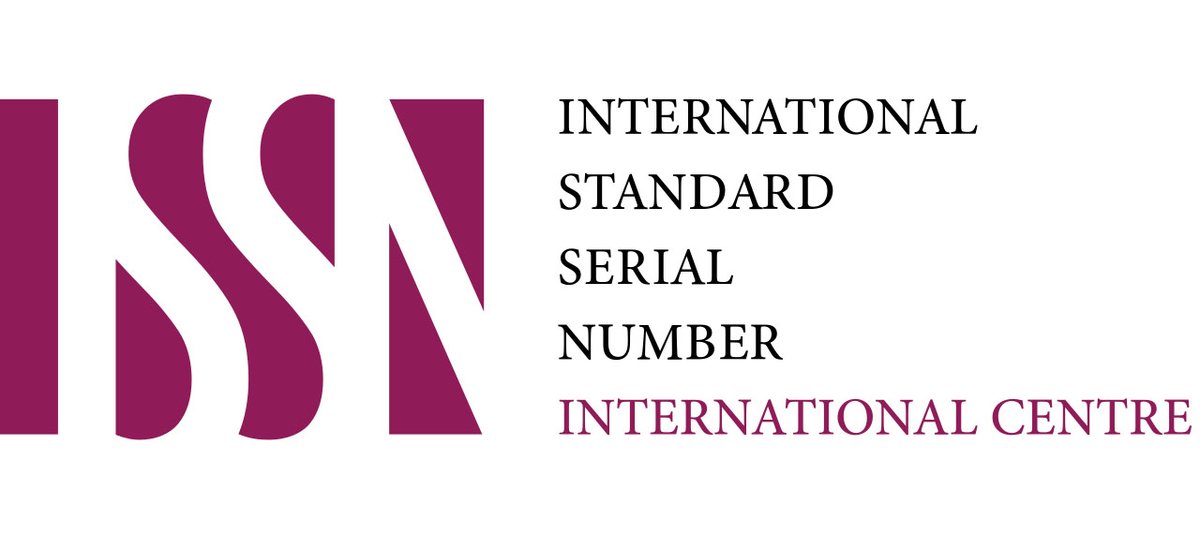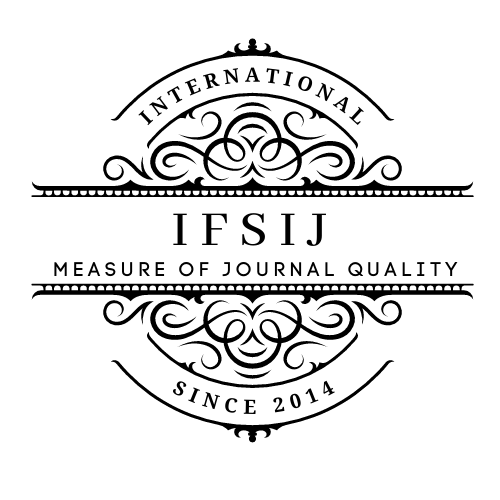THE CURATIVE PROPERTIES OF THE SARSABIL (ASPARAGUS) MEDICINAL PLANT AND ITS PHARMACOLOGICAL EFFECTS
Keywords:
Sarsabi, asparagus, dermato-cosmetology, plant, steroidal saponins, serotonin, diseases, antimicrobial, extract, pharmacological effects.Abstract
Information used in this review was obtained from electronic database including PubMed central, Google scholars, Science direct, Scopus, and Sabinet. Based on the present findings, the existing literature still presents some breaches about the mechanism of action of various constituents of these plants, and their relation to other plant compounds in poly-herbal formulations, as well as their long-term use and safety. More in-depth studies are still needed for active compounds and biological activities of Asparagus laricinus, Asparagus africanus, and Asparagus densiflorus. Therefore, innumerable opportunities and possibilities for investigation are still available in novel areas of these plants for future research studies. It can be concluded that all selected Asparagus species have tremendous potential to improve human health and the pharmacological activities of these plants can be attributed to bioactive phytochemicals they possess. Historically, plants were used for numerous purposes for mankind in general, inter alia, feeding and catering, culinary spices, medicine, various forms of cosmetics, symbols in worship and for a variety of ornamental goods. They are still being used for these purposes. The traditional medicines are sold in market places and prescribed by traditional healers at their home [1] particularly in the rural areas where herbal medicine is the main source of the healthcare system. South Africa is blessed with a vast variety of plants since it has such a large diversity of more than 20,000 types of species. The research and scientific community find this to be a great source of interest [2]. Since the 1990s, great interest is being shown in plants that can be used as important sources of new medicines and herbs, which have become mainstream throughout Africa [3].
Downloads
Published
Issue
Section
License

This work is licensed under a Creative Commons Attribution-NonCommercial-NoDerivatives 4.0 International License.















